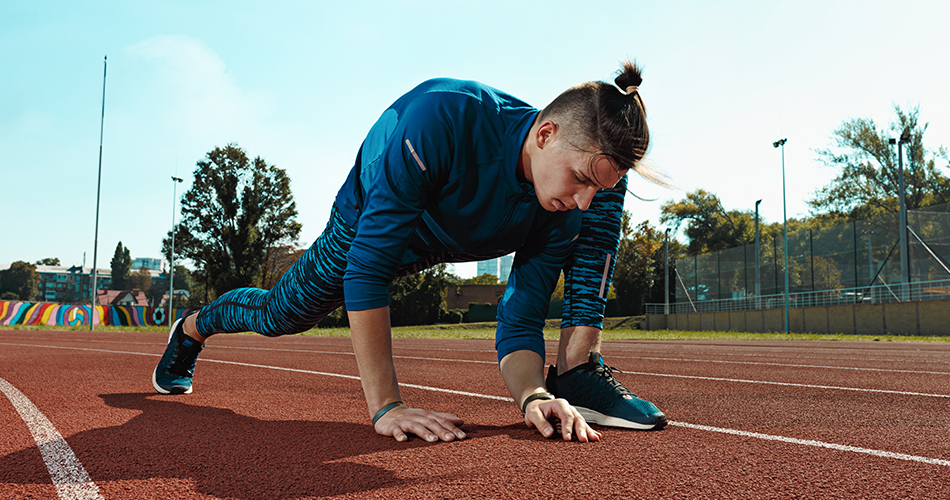Review 5 – Do We Actually Understand the Intensity of Plyometrics?
Today we going to look at this interesting cross-sectional analysis assessing the intensity of common plyometric exercises.
The neat thing about this is that the authors didn’t look at the total output, aka your GRF, as most other papers do, but at a joint-by-joint approach. Or, in other words, how much stress each joint experiences during jumping activities. For us coaches, this is important to know when wanting to progress intensity over time, especially in rehab settings. And we know that intensity, or the amount of stress placed on the muscles, connective tissue, and joints involved in each exercise – is very likely the most crucial factor for making gains basically; this is because the adaptation of musculoskeletal tissue to long-term stimuli depends primarily on the magnitude of mechanical load applied to it. However, so far, plyometric exercises have traditionally been classified as low, medium or high or extensive and intensive. So, even more, ambiguity is what that even means.
Understanding Biomechanics
So, what did they measure? Joint torque or moments; angular impulse aka the area under the curve of the joint moment; Joint power, so the rate of doing work or torque times angular velocity; and joint work, so torque times displacement. I reckon this is a very sophisticated analysis because each variable gives us a great insight into the mechanical demands at each joint. All variables are derived from the 2D sagittal plan only.
Ankle is Winning
Peak plantar flexion torque – winning; angular impulse – hard to compare as its time dependant. But positive ankle joint power – winning, big time; negative ankle joint power or eccentric stress – winning, with single leg tuck jumps coming close. Similar for positive and negative joint work. Therefore, Ankle hops, commonly classified as extensive or low intense, are among the most intense exercises you can do for your ankle joint. Based on that, the mechanical output at each lower limb joint indicates that the traditional classification is not necessarily appropriate.
So, what does it mean? Three ideas came to my mind. First, if you are starting your rehab after any foot, ankle, or calf injury with “low-level extensive ankle hops”, – not a great idea. Second, when running a high-low training approach, with – again – extensive low-level hops or your rudiment series on your low days, which I certainly have done in my past, you are loading your ankle joint on every training day. But because this is a relatively common and successful approach, it tells me that a) your ankle joint can tolerate that and b) likely needs that amount of intensity to adapt. And lastly, guess what is distally attached to your ankle; your foot, correct. Impossible to not train your foot when hopping. Again, no gym-based intrinsic foot muscle or floating heel exercise will come anywhere close to those demands. It’s like even a basic knowledge of undergrad biomechanics is enough to understand that training your foot in isolation, as currently hyped by many woke coaches, is nothing but a waste of time. Instead, go by a jump rope and start skipping for the 30s at 2 Hertz during the preseason and progress up to 2 minutes 2x per week. Done. You can thank me later.











Responses